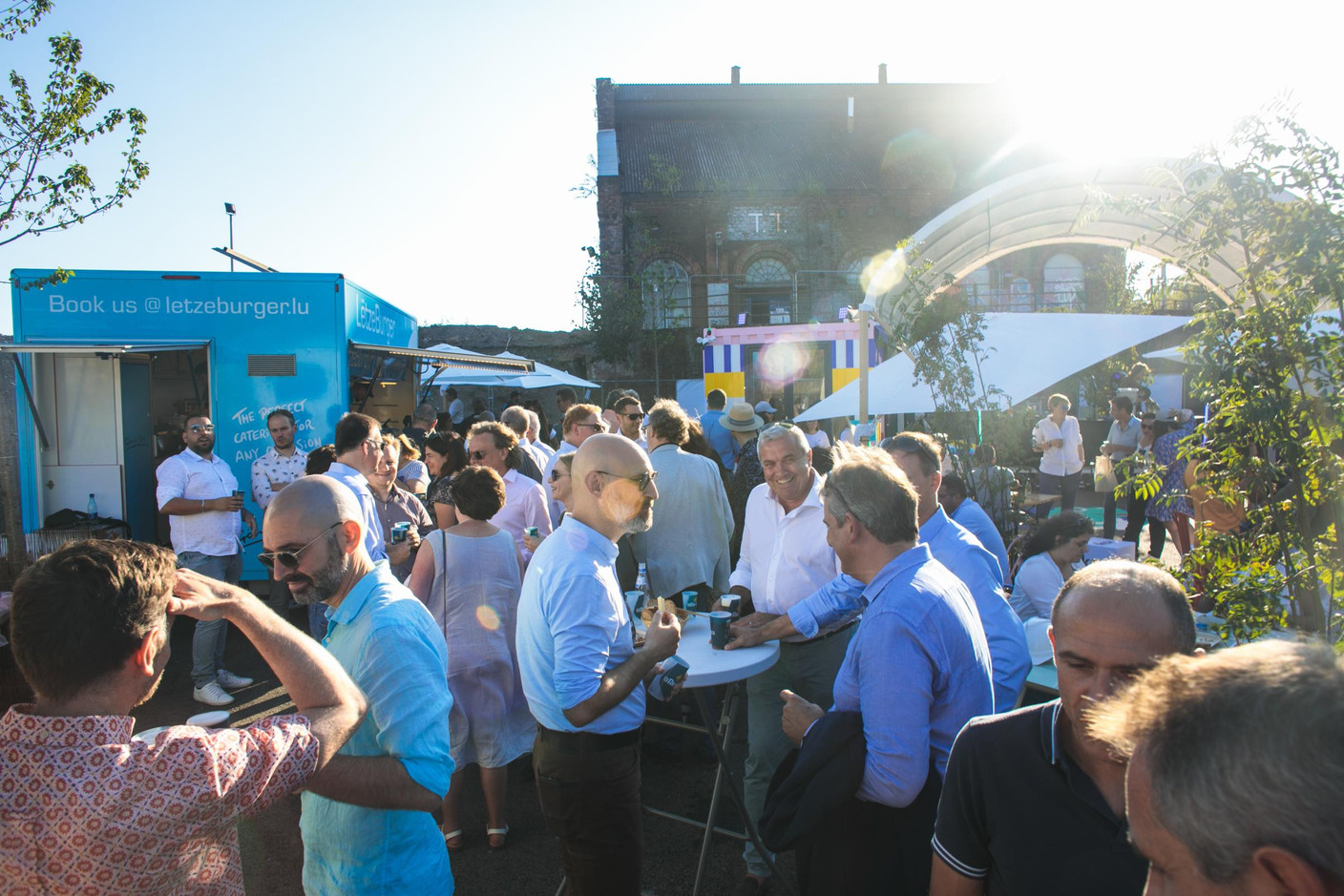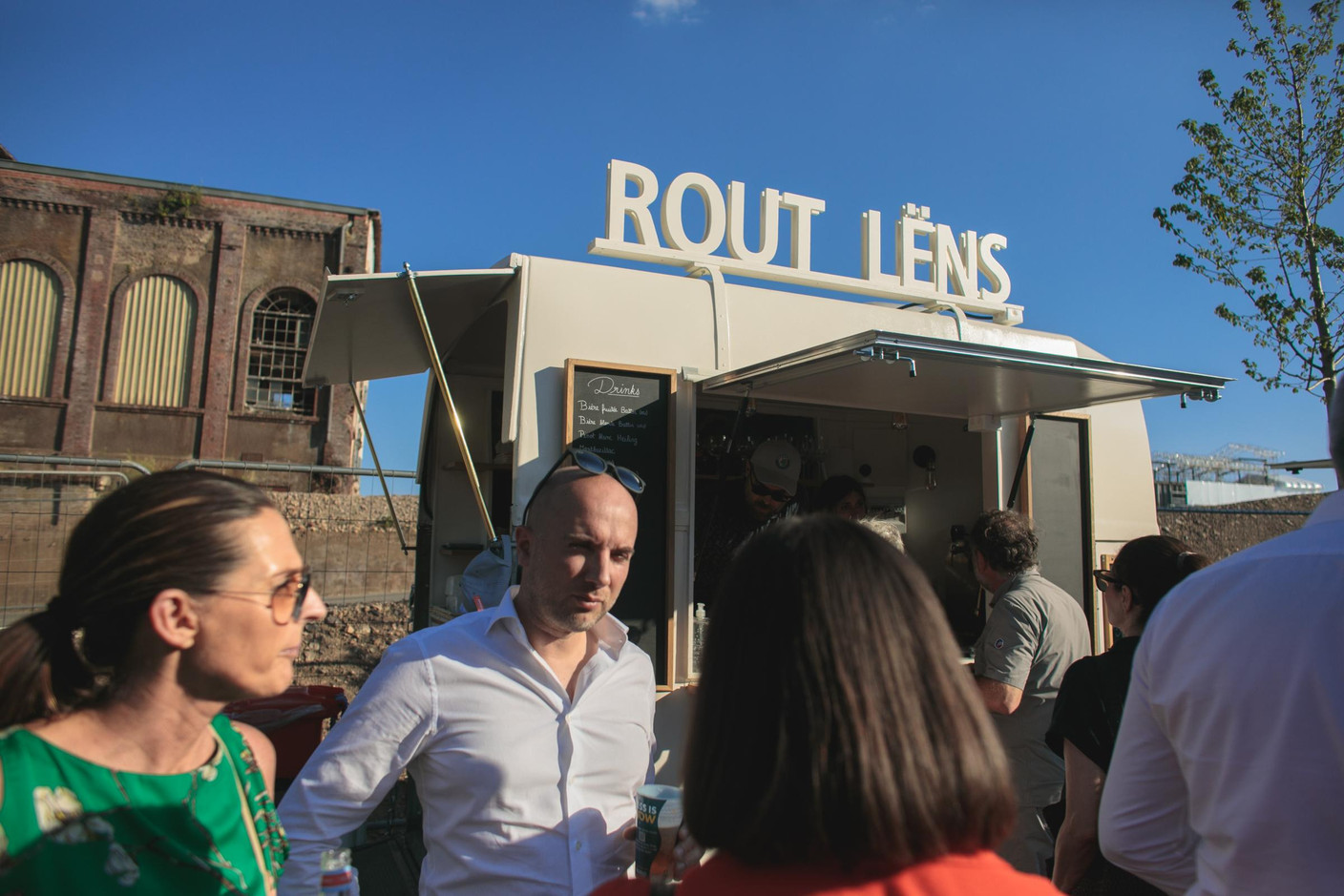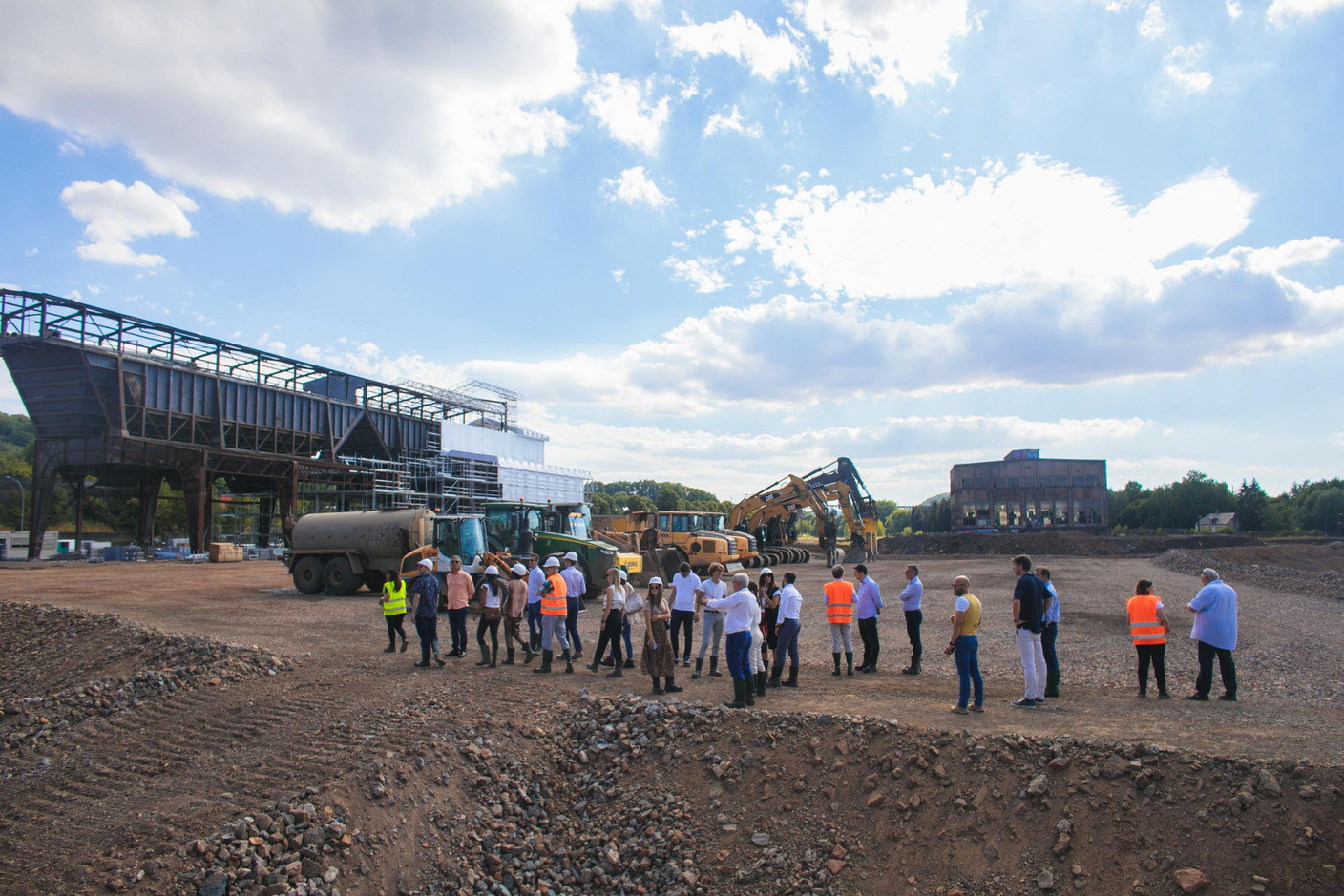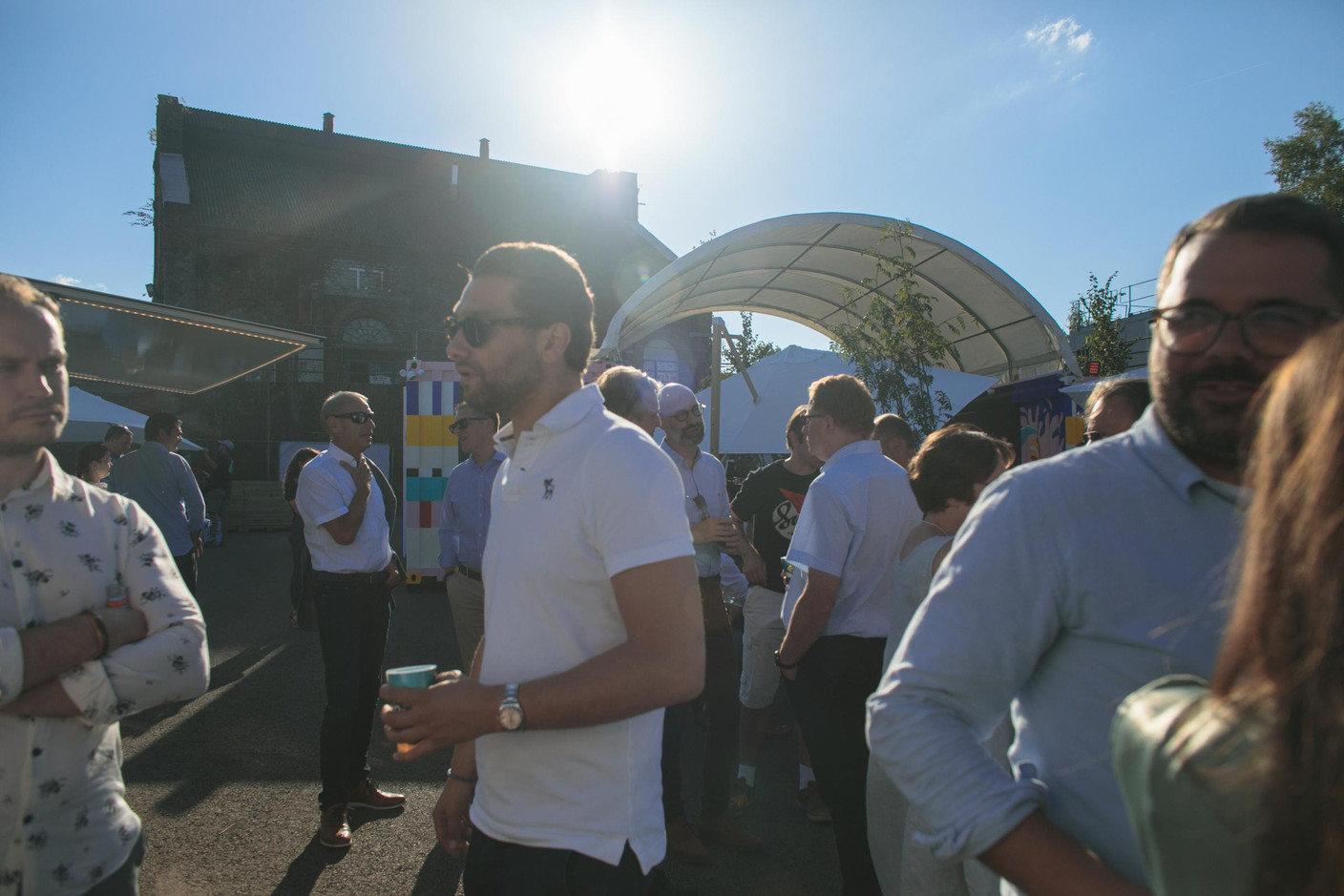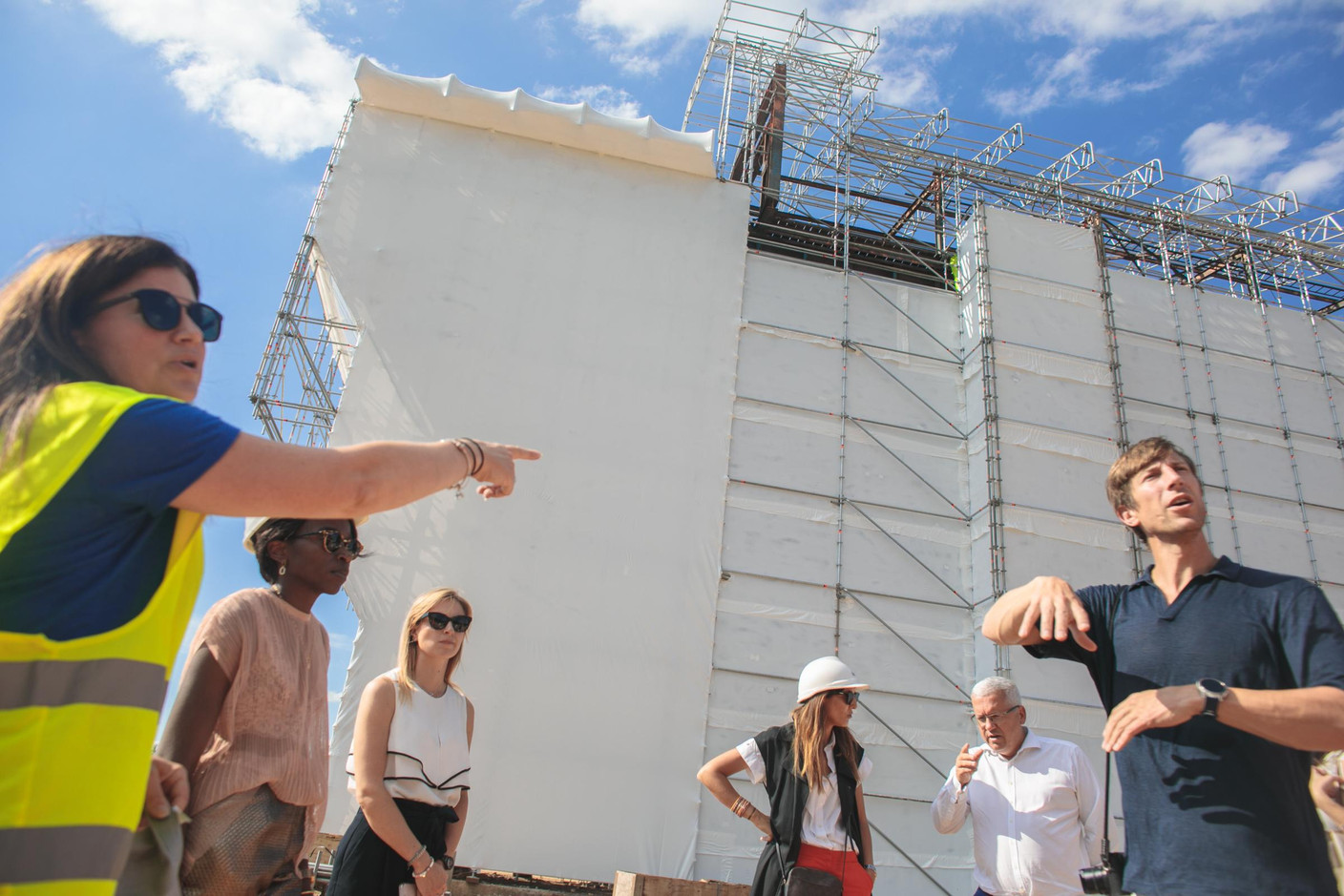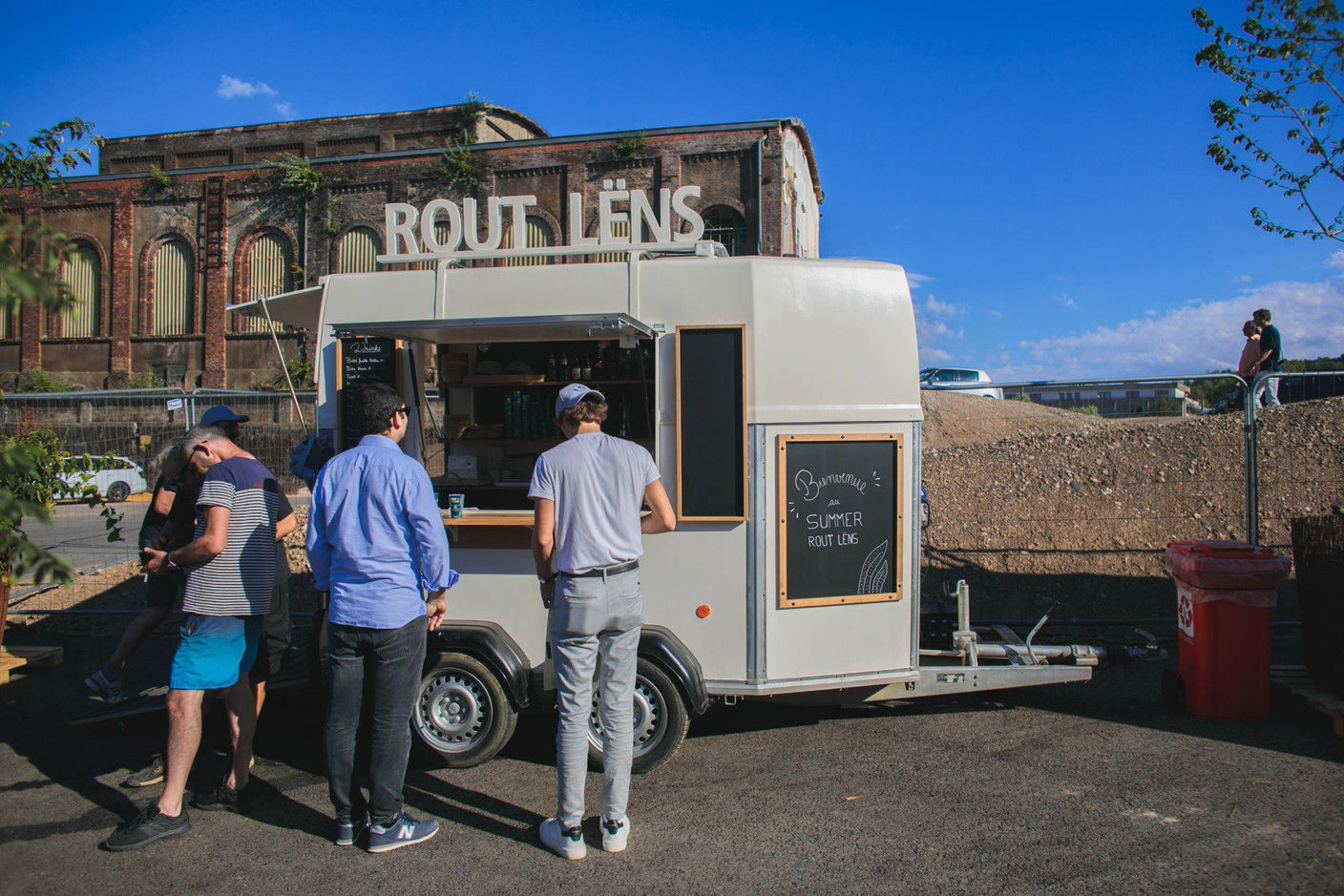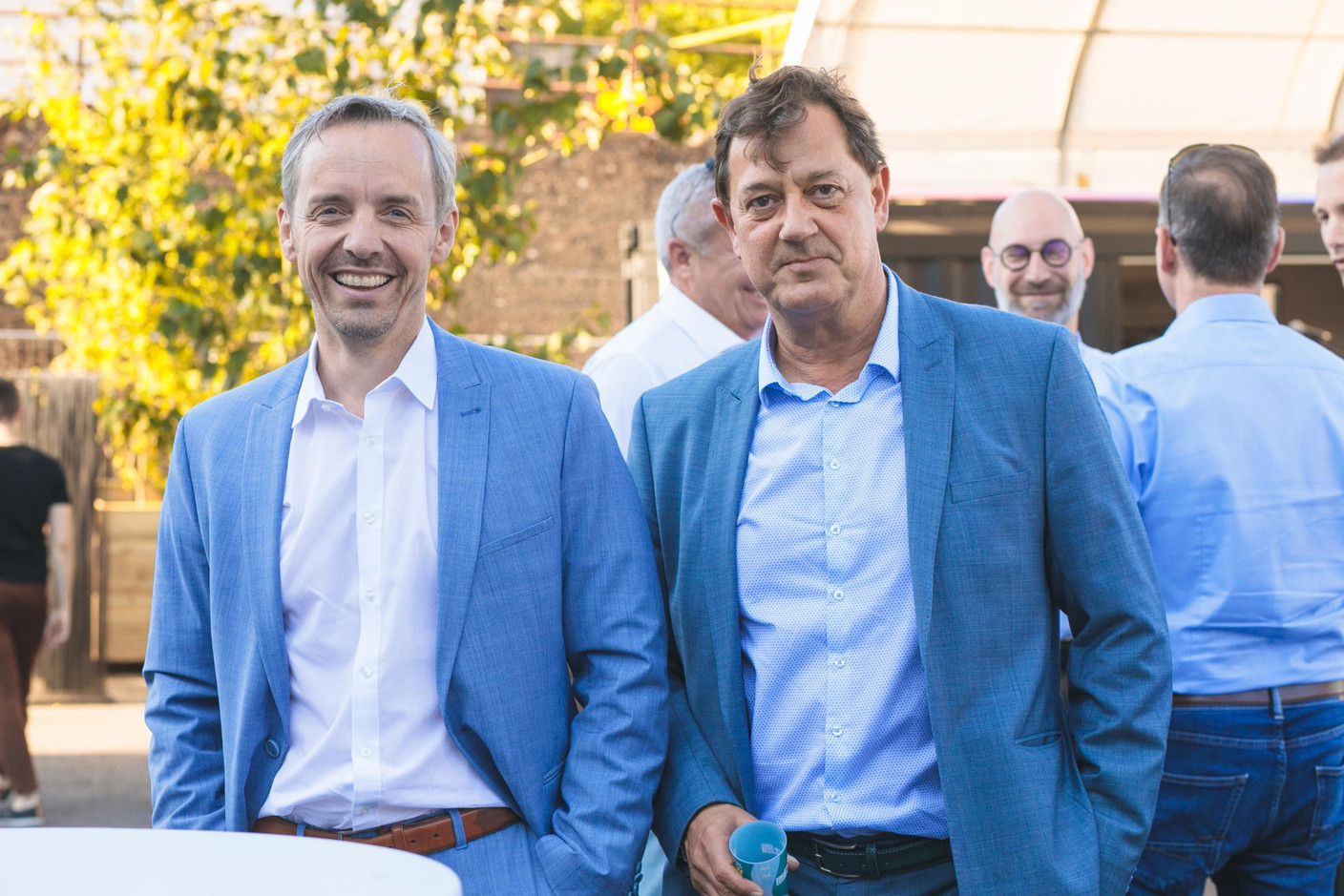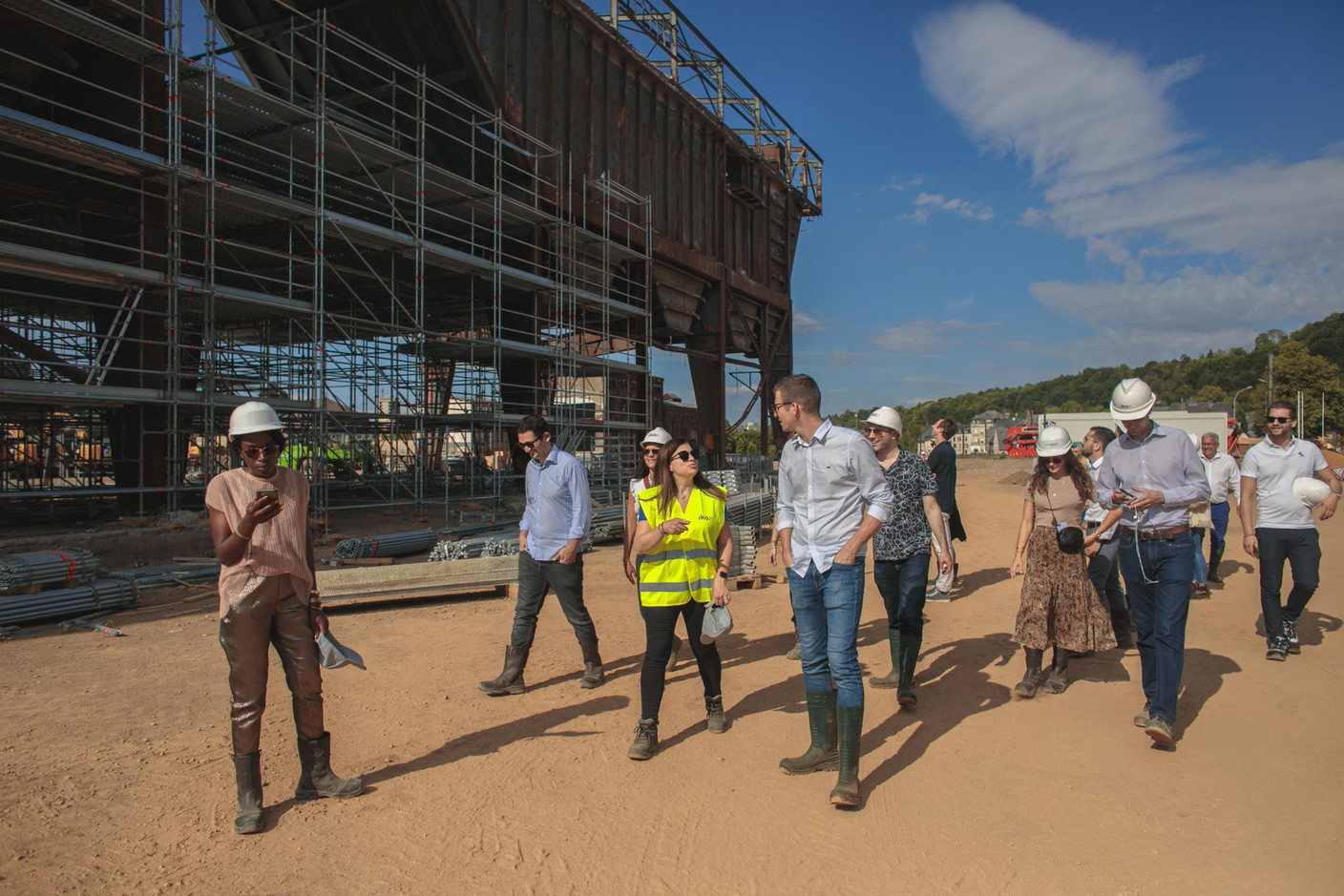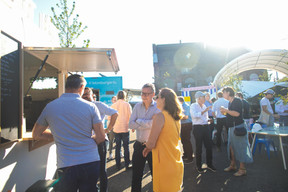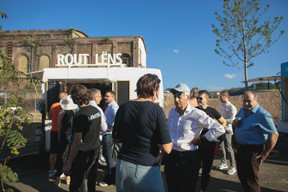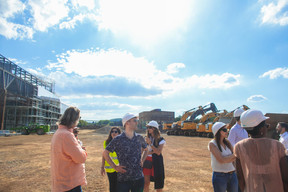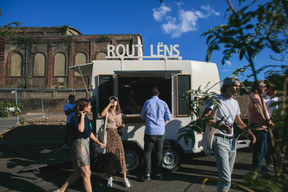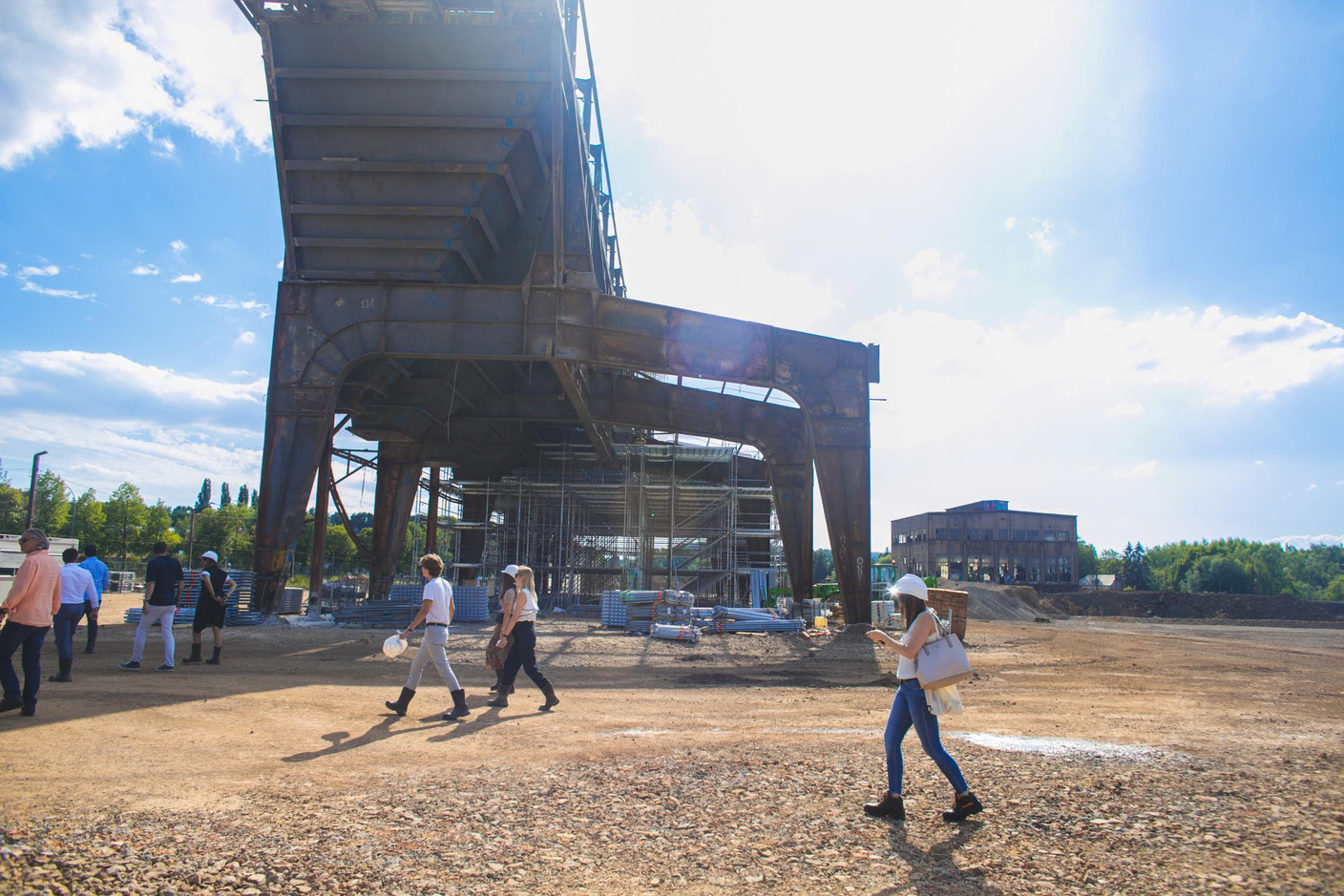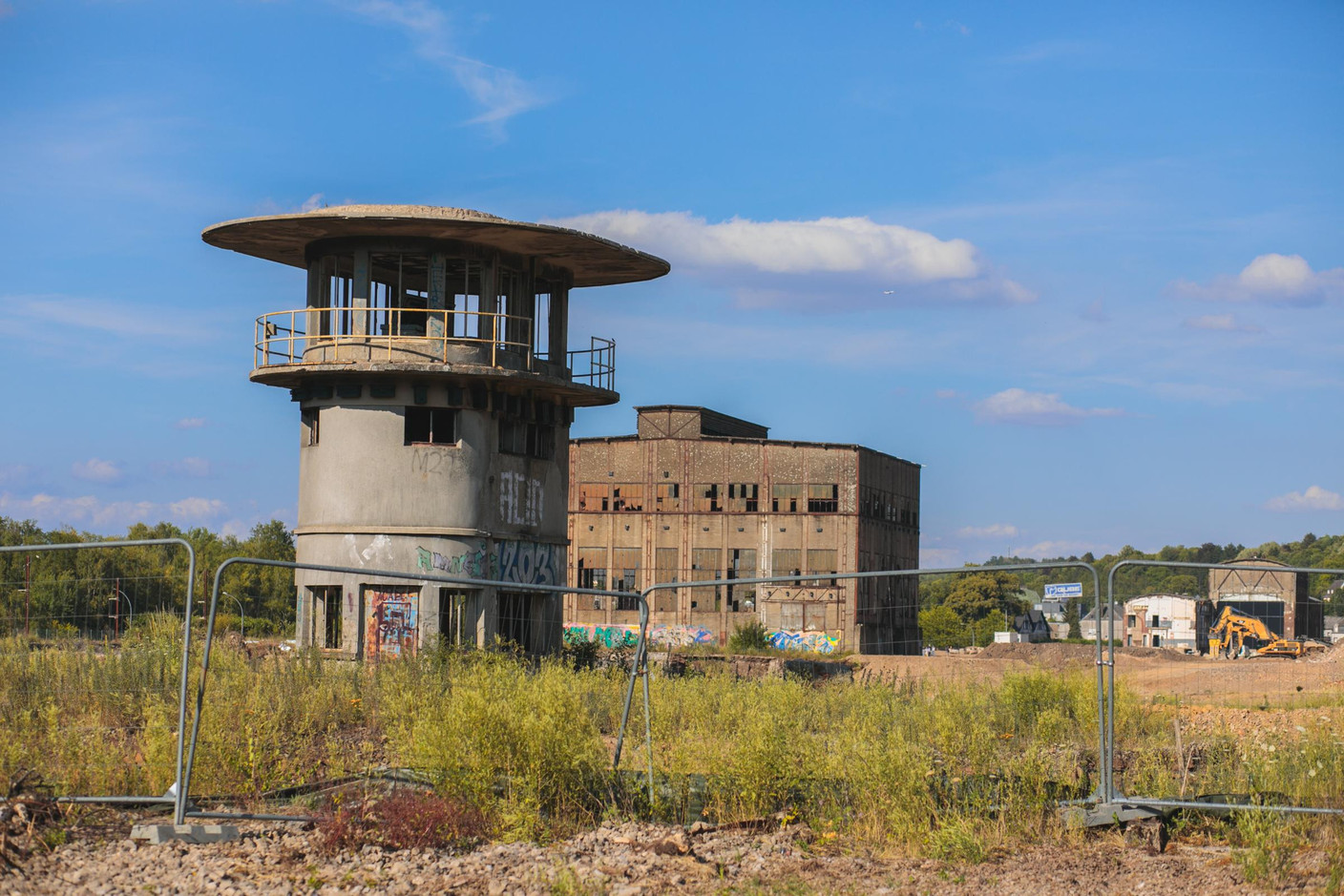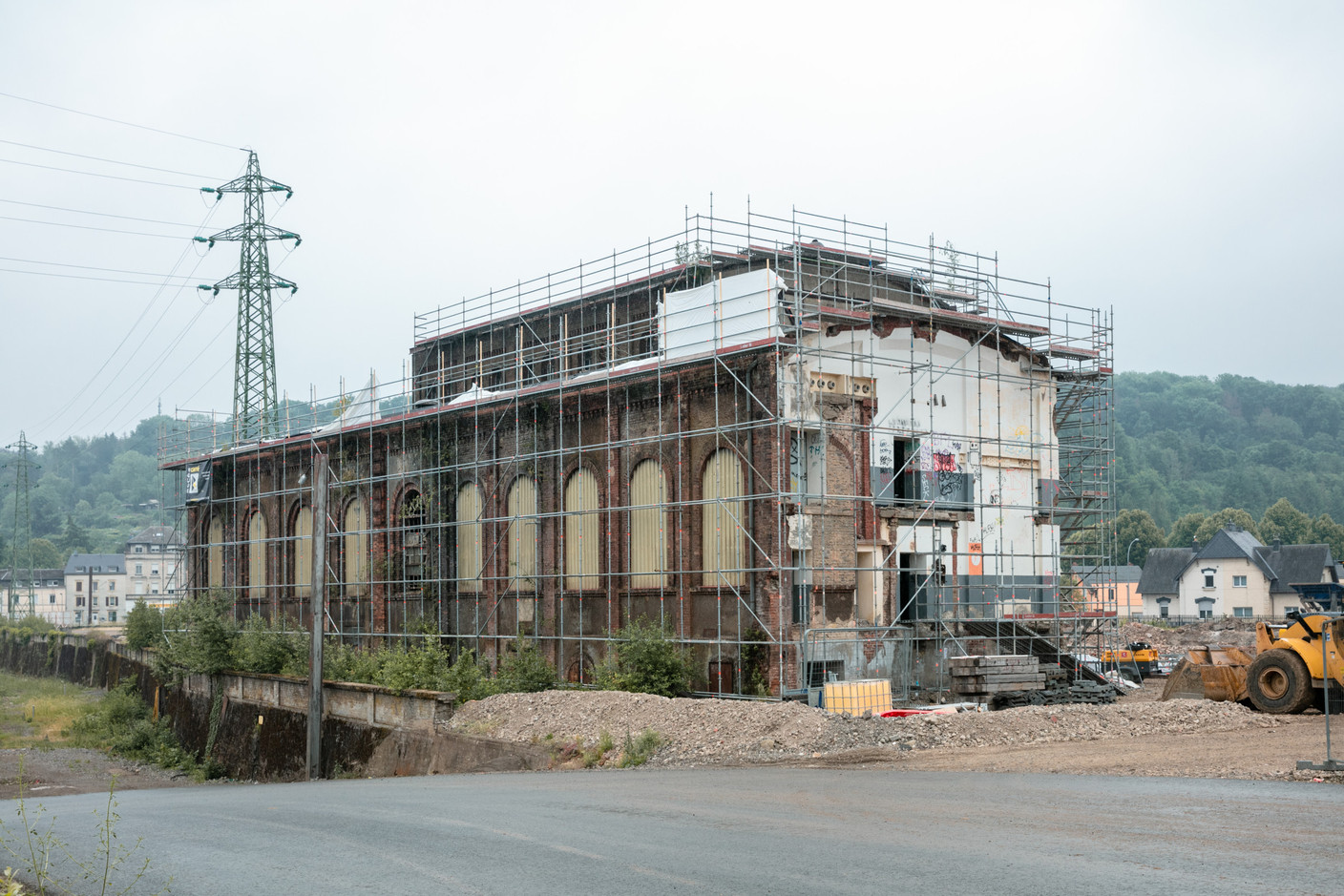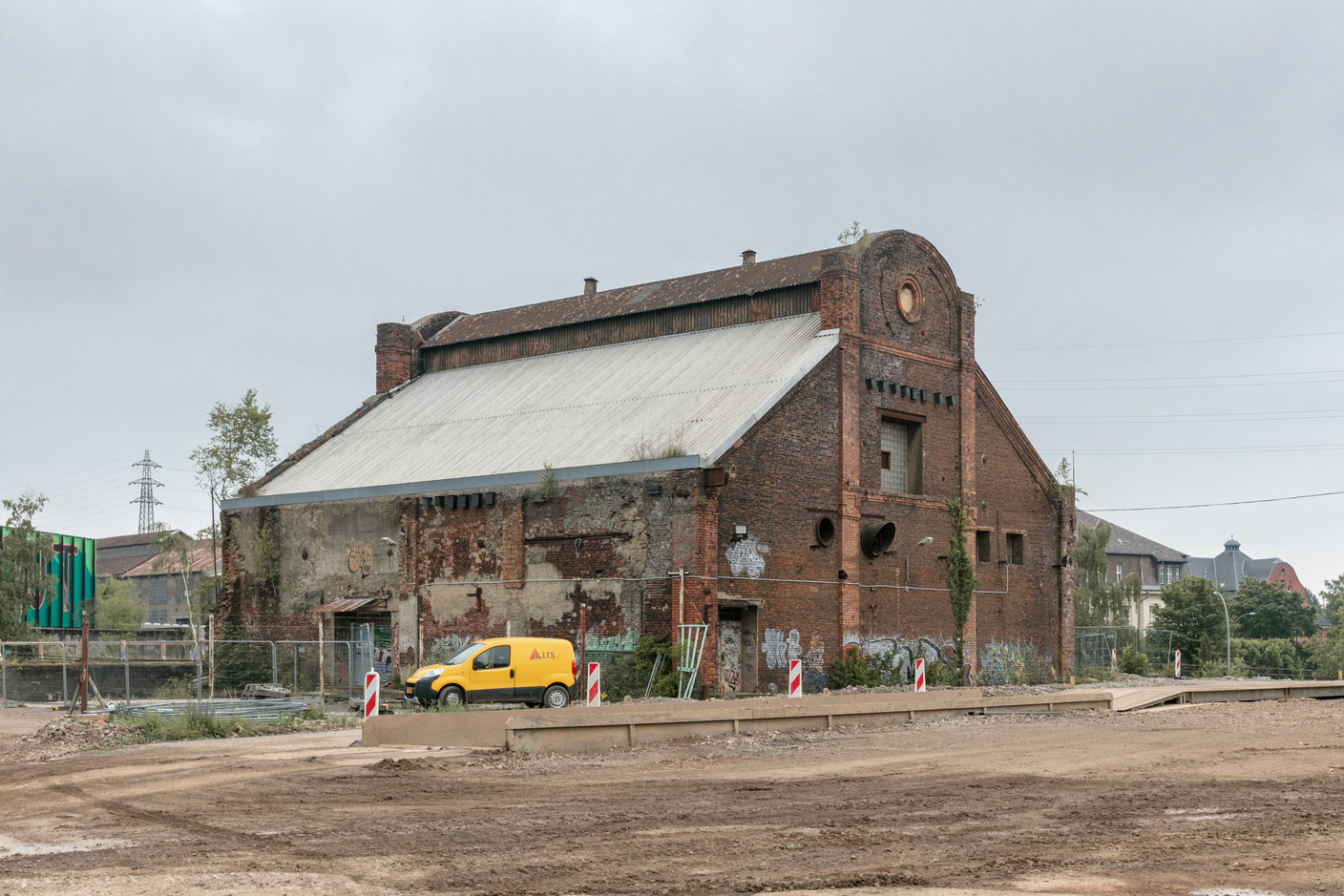Three years after the official announcement of the site’s conversion, the pace and scale of the work underway at Rout Lëns can currently be measured by the earthworks carried out to clean up several plots of land and to allow development work to begin in early 2023.
Three years after unveiling its vision for the 10.5-hectare former steelworks site on the border with France--the creation of a new sustainable and innovative district of Esch-sur-Alzette--the developer Iko Real Estate sees the pace of the construction work as a reflection of the convergence of ideas around this urban planning laboratory.
“The key to the success of the work lies in the respect with which we consider all the stakeholders,” said , managing director of Iko Real Estate. “We want to take everyone’s wishes into account, from the state to the municipality, not forgetting the neighbourhood. This type of project, which is resolutely innovative, can only work by creating alliances, by dialoguing and communicating constantly.”
With this in mind, the first edition of Summer Rout Lëns was launched on 16 July, a series of events taking place at the entrance to the site until 11 September, around a temporary terrace open to the general public.
The Rout Lëns district will first be devoted to housing spread over 130,000m2 (81% of the building area), resulting in 1,400 housing units, the sale of which will begin next year. Nearly a third (30%) of the 3,000 future inhabitants will occupy social housing. The district will also include economic zones, transport and gardens.
10,000m2 of public facilities (including a school and a recycling centre), 10,000m2 of offices and 3,500m2 of local shops oriented towards the occupants of the site will complete the ensemble.
As for its appearance, the district will be marked by a skyline with two 70-metre high towers reminiscent of the chimneys of the former ArcelorMittal factory and echoing the Belval district, which has also been converted.

The location of the towers was chosen to avoid any visual disturbance. (Source: Iko Real Estate)
The site’s industrial past that is fully embraced through the revival of five old buildings. The central avenue of the site will also be named "Allée de la Culture industrielle", reserved for soft mobility.
Controlling operating costs... and the carbon footprint
In addition to the preparation of the site’s development, the Iko Real Estate teams and their partners are continuing to refine their thoughts on the technologies that will be used in the district. This is being done in cooperation with research institutes and the University of Luxembourg.
Heating and cooling will be based on an interconnected network of heat sources using geothermal energy (between 350 and 400 boreholes are planned to collect energy from the ground), heat recovery from waste water and solar energy.
We knew that climate change was coming.
These choices for energy supply will avoid having to resort to gas, while the war in Ukraine and its consequences for the supply of Russian gas have accelerated the reflections on an energy transition that some people had already anticipated.
“We knew that climate change was coming, we knew that we had to reduce our CO2 impact. The choices we made were simply the result of a reading of mega trends and a decision to invest according to them,” said Lux. These choices are studied or conceived on a daily basis via an in-house innovation department and feedback from “proptech” companies on which the Iko group is betting through the venture capital funds in which it is active.
The developer is also inspired by feedback from its other sites, some fifteen of which are underway to varying degrees, such as the Omnia tower in Belval, where connected meters will be installed for subsequent “energy coaching” of the residents.
“The control of operating costs is an issue in the context of the overall increase in the cost of housing,” said Sandra Huber, Chief Development Officer of Iko Real Estate. “This control therefore plays a part in the choice criteria of future buyers. Hence our desire to rely on technologies that provide comfort to users while reducing costs and the CO2 impact.”
As a lighthouse project for the developer in terms of its desire to make sustainability part of its DNA and to rethink the impact of the real estate sector on its environment, the economic stakes of a complex like Rout Lëns are as high as the total investment amount mentioned: €1bn.
Our first priority is to reduce our CO2 emissions as much as possible.
“The overall success of this project will be measured by the societal value it creates,” said Huber. She mentions urban farming, which will be created without any economic benefit but with the idea of creating social links. As for the choice of materials or the design of the green spaces, they are also made in a pragmatic way, according to the CO2 impact, the feasibility and their future maintenance.
“Our first priority is to reduce our CO2 emissions as much as possible and to act on the emissions that we cannot reduce by offsetting them locally with a concrete plan that will be announced at a later date,” said Huber.
Optimising housing, rethinking the business
Like the reuse of elements from the demolition of buildings to create the road subfloors or a surface car park that can be dismantled if necessary, the district also reflects the rethinking of a profession, that of property developer.
“The profession has changed and we have to keep up with the times,” said Lux. “We are looking for constant improvement based on technology, ideas and feedback. The participatory way in which we approach Rout Lëns allows us to be challenged even further. This type of project is also a source of satisfaction for our current employees and for attracting new skills.”
By 2025, the first housing units should be delivered in the district that will emerge from the Terres Rouges on the border with France. From the optimisation of relations with stakeholders to produce housing units relatively quickly to the priority use of areas that can be built on or reconverted, the Rout Lëns site alone concentrates two useful levers to respond to the housing supply deficit.
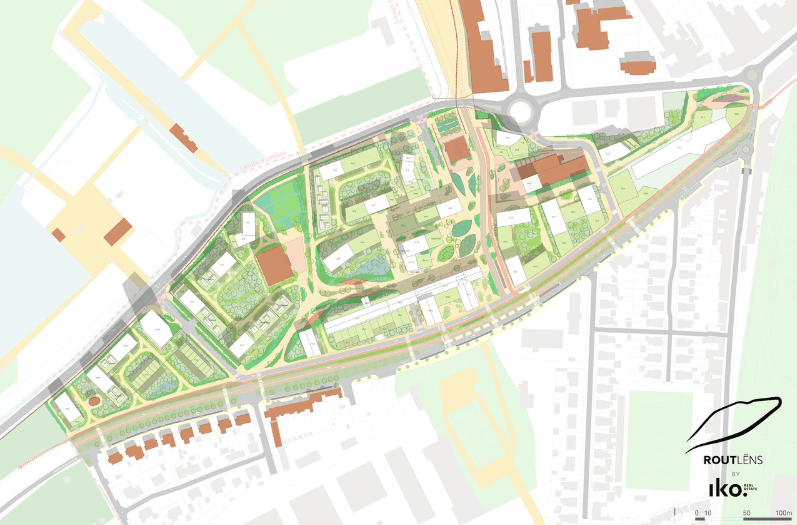
The master plan for the Rout Lëns was designed by Reichen et Robert & Associés. (Source: IKO Real Estate)
This story was first published in French on . It has been translated and edited for Delano.





